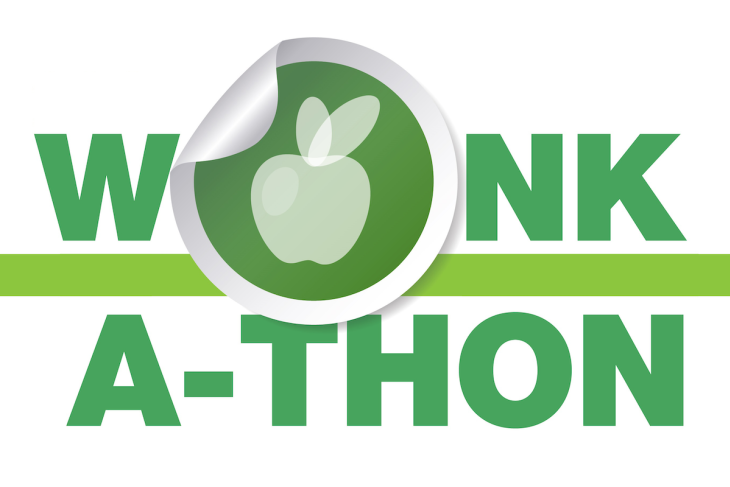Editor’s note: This essay is an entry in Fordham’s 2021 Wonkathon, which asked contributors to address a fundamental and challenging question: “How can schools best address students’ mental health needs coming out of the Covid-19 pandemic without shortchanging academic instruction?” Click here to learn more.
Students’ mental health and well-being must be central for our schools and communities to recover from the impacts of the pandemic, especially if we are to continue building momentum towards equitable learning opportunities and high expectations for all. In a national poll from the JED Foundation conducted this spring, 67 percent of teen respondents reported they were concerned about falling behind academically and 61 percent were concerned about their mental health.
We on the Research and Evaluation Team at Portland Public Schools conducted a census of K–5 families along with interviews and focus groups with BIPOC and multilingual students and families this spring. Above all other supports, nearly half (47.2 percent) of participating families responded that they needed additional support for in-person peer-to-peer interactions. Our findings implore us to continue to peel back the layers of identity, relational trust, and community as we make plans for providing additional mental health support services in the short and long term.
Many states and school districts are making concerted efforts to respond rapidly to the evolving challenges surfaced by the pandemic. Federal funding is being funneled through legislatures and school boards and woven into this spring’s budgeting considerations. However, it’s important to consider that we must not dump additional dollars into mental health supports that were lacking or fragmented pre-Covid.
Portland Public Schools partners with culturally-specific and multiracial community organizations to provide consistent, expansive, and adaptive mental health services for all of our students. The below strategies outline ways these partnerships are implemented across the district:
1. Build cohesion and consistency into mental health supports. Like many initiatives, mental health services often become programmatic or fragmented based on the level or sector of the service provider (e.g., state, local, and non-profit providers). It is important for mental health cross-stakeholder groups to come together, co-construct shared knowledge, and design systems and resourcing in a way that is integrated and cohesive. We learned through interviews and focus groups that our racially and ethnically diverse families experienced barriers to navigating mental health services in online applications. Multilingual families in particular described that it was especially burdensome to keep track of passwords and articulate technological issues to service providers. These families explained that finding a solution often required repeated and persistent contacts with the service provider. In response to this challenge, Portland Public Schools developed a multilingual resource page to support families who speak languages other than English.
2. Focus on culturally and racially affirming services. Like many large districts, Portland Public Schools provides culturally-specific mental health and well-being services by partnering with our community organizations. Distance learning this year surfaced the oft overlooked value of student engagement beyond academic learning. Parents explained to us that the biggest challenge in online learning was their child’s motivation to log into classes due to lack of meaningful engagement. As such, we took the approach to improve mental health support through more relevant, culturally-specific services by strengthening and expanding our partnerships with our multiracial community partners.
We leaned into our collaborations with leaders from these organizations to plan and implement strategies to support students’ and families’ mental health and well-being, with a focus on navigating access to critical wrap-around services like culturally and racially affirming extracurricular activities. One community partner engaged families and students in community events where parents and students expressed joy in having a cultural affiliation with their facilitators. This approach is grounded in the belief that these organizations are uniquely positioned to provide more relevant services than a large institution, like a school district.
3. Adapt services for students’ unique lived experiences during the pandemic. With the pandemic, physical distancing, and distance learning for the majority of the 2020–21 school year, the typical opportunities for community engagement, student connections, and relationship building were missing. Students and families have experienced the pandemic within the context of their individual lives. Families and students reported that solutions to improving student well-being may not look the same for everyone. Surfacing this finding encouraged us to provide an expanded menu of options for supporting student and family mental-health and well-being. For example, the district began the year with an initiative called “Soft Start“, which was intended to allow students and families to build relationships with teachers and included social and emotional learning activities.
—
Each of these strategies support students’ mental health and well-being with no disruption of instructional time. These strategies also center students’ engagement in school, as well as their social, emotional, and mental health in the context of their identity and community. Together, these strategies may improve academic outcomes as they enhance students’ motivation for learning. A vital component of pandemic recovery and continuous improvement will be to ensure mental health supports are consistent, expanded, and adapted for our students. We owe our students a lot moving forward, especially those historically underserved by our schools. Engaging our community partners to support students with culturally-specific programming for the myriad needs of the community will improve students’ sense of belonging in school and lead to learning gains.


